 |
| Over the past year, the Ruble has continuously depreciated. (Source: DW) |
In February 2022, after Russia launched a special military operation in Ukraine, the ruble continued to slide. However, after only a few months, the currency regained its lost position, as Moscow benefited from significantly higher energy prices.
But the European Union (EU) has succeeded in weaning itself off Russian crude oil and gas, by increasing energy imports from other sources such as the US, Canada and Norway.
At the same time, crude oil and gas prices fell sharply due to concerns about a slowdown in global economic growth due to rising interest rates, putting financial pressure on Russia while the military campaign in Ukraine has not ended, putting pressure on the devaluation of the Ruble.
Over the past year, the currency has continued to depreciate.
The ruble has fallen 25% against the dollar this year and is now at its lowest level since March 2022. As of the afternoon of August 14, 1 USD was worth 100.7 rubles. This is the first time since March 2022 that the exchange rate of the Russian currency has exceeded the important psychological mark of 100 rubles per dollar.
The depreciation of the national currency is pushing up inflation in Russia, which exceeded the Central Bank of Russia (CBR) target of 4.3% in July 2023 and is forecast to rise to 5-6.5% this year.
Why is the Ruble depreciating?
CBR Governor Elvira Nabiullina said the range of 80-90 rubles to the dollar was a "comfort zone". The Russian currency broke out of this zone at the beginning of the summer.
According to Mr. Nabiullina, the decline in foreign trade is the reason for the weakening currency. In addition, the sharp increase in government spending and the shortage of labor have kept inflation high.
Export values are facing a “significant decline” at a time when import demand is rising, the CRB said on August 14.
However, CBR Deputy Governor Alexei Zabotkin sees no risks to financial stability. “The central bank continues to adhere to an exchange rate policy that allows the economy to adapt effectively to changing external conditions,” he said.
The CBR raised its key interest rate to 8.5% - higher than expected in July - to stem the ruble's slide.
Maxim Oreshkin, a government economic adviser, said the weakening of the ruble and rising inflation were due to the central bank's soft monetary policy.
The ruble's decline in recent weeks has been due to higher imports and increased foreign investment inflows, analysts say.
Explaining the reason for the Ruble's decline, Albrecht Rothacher, a scholar who worked for 30 years at the European Commission, said that the important factor is that Russia can only sell oil at a price lower than the world market price.
Revenues from the country's oil and gas exporters fell to $6.9 billion (€6.3 billion) in July, from $16.8 billion in the same period last year, according to the latest CBR data.
Another factor is that many foreign companies have withdrawn from Russia since the military campaign in Ukraine began. Bloomberg estimates that foreign companies leaving Russia last year sold assets worth between $15 billion and $20 billion.
Elina Ribakova, a member of the Peterson Institute for International Economics (PIIE) think tank, said the reason behind the ruble's decline was the shrinking of oil and gas exports and the possibility that foreign investors would continue to withdraw capital.
"The rising cost of importing high-tech products from the West via third countries such as Türkiye, Kazakhstan, China and Serbia is also pushing the ruble down," Mr Rothacher added.
What to do to stabilize the Ruble?
Alor Broker analyst Alexei Antonov warned that the ruble could fall further to 115-120 rubles per dollar. "For the Russian currency to stop falling, we need to wait for a reduction in imports or new decisions by the CBR," he said.
Agreeing, Mr. Alexander Isakov, economist at Bloomberg Economics, emphasized that to stabilize the Ruble, the reference interest rate needs to be close to 10%. Federal budget spending must also be kept below the ceiling.
“The ruble may benefit from higher crude oil prices, but domestic monetary policy is the basis for the decision. The CBR needs to raise interest rates by 50-100 basis points at its mid-September meeting to boost domestic savings and reduce imports,” the economist said.
Meanwhile, other economists believe that the Russian government supports the gradual weakening of the currency.
Analyst Tim Ash said the ruble is being managed more weakly by the Russian government to cope with the oil price ceiling and the impact of Western sanctions in reducing both exports and budget revenues.
Source




![[Photo] Overcoming all difficulties, speeding up construction progress of Hoa Binh Hydropower Plant Expansion Project](https://vstatic.vietnam.vn/vietnam/resource/IMAGE/2025/4/12/bff04b551e98484c84d74c8faa3526e0)


![[Photo] Closing of the 11th Conference of the 13th Central Committee of the Communist Party of Vietnam](https://vstatic.vietnam.vn/vietnam/resource/IMAGE/2025/4/12/114b57fe6e9b4814a5ddfacf6dfe5b7f)

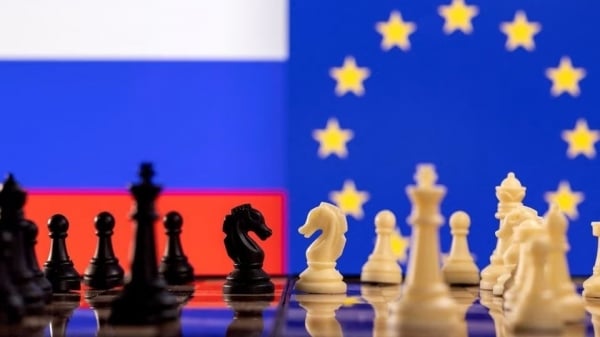
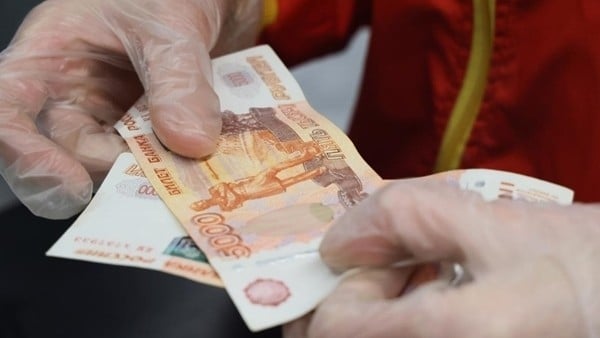
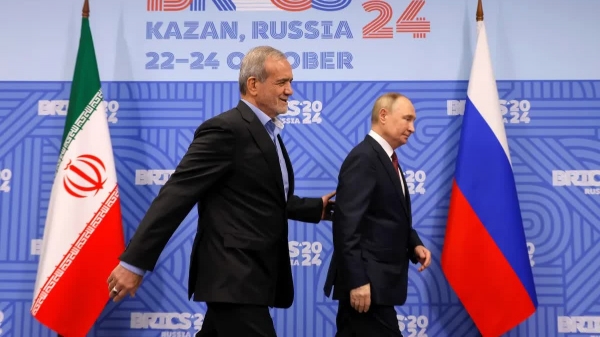

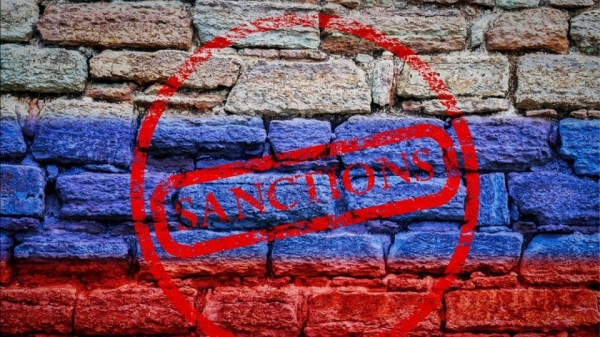
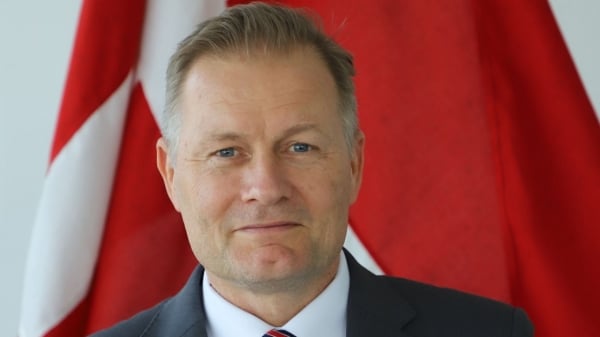




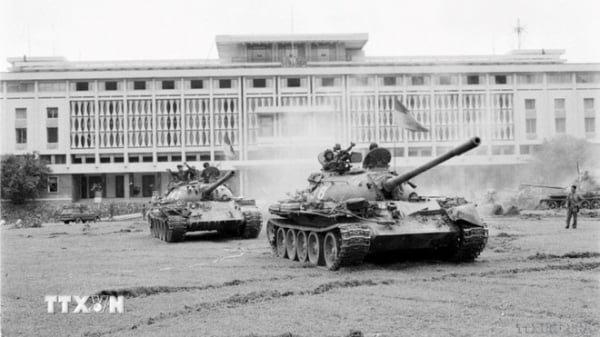








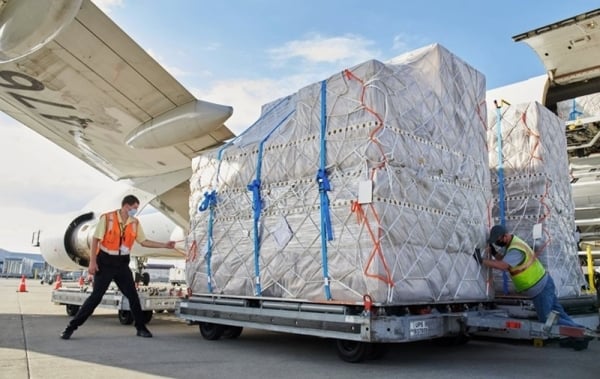


































































Comment (0)